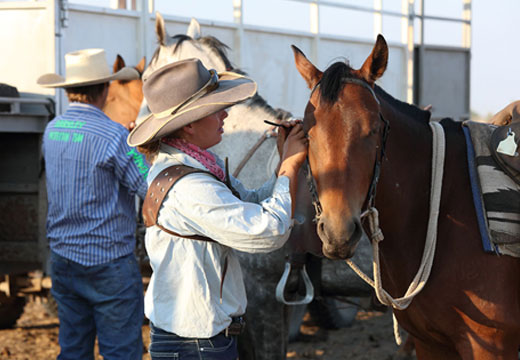Article by Andrew McConville courtesy of the Australian

If Covid has shown us anything, it is the importance of community resilience. It has been communities that have felt the impact of lockdowns and restrictions: of lost jobs and economic disruption, but it is also communities that have helped Australia rebound more quickly than just about any economy in the world.
The resilience of regional and rural communities is the hallmark of the Australian spirit and the bedrock on which our economic recovery is being built. More than 9.5 million Australians call regional Australia home. And when we look at what has helped drive our bounce back it is the resources sector, the agricultural sector and tourism in regional and rural Australia. We must therefore continue to do all we can to nurture and grow regional Australia.
The oil and gas industry supports about 80,000 jobs. Many of these are in rural and regional Australia because this is where the resource is discovered and developed. Perhaps more importantly however, is the 10 additional jobs that every oil and gas job supports – tens of thousands of which are in rural and regional Australia.
We are extremely proud that almost half of all local suppliers engaged by the oil and gas industry are small businesses. From procuring services such as accommodation, transport and hospitality, to engineering and civil works and sourcing inputs for exploration, extraction and processing, our sector is investing today and building for tomorrow.
From the local cafe supplying lunches in Moura, to the helicopter pilots in Gippsland and the air charters to Moomba, to the laundromat in Karratha and the mechanics in Darwin – we cannot lose sight of the jobs generated in and by Australia’s resources sector.
Research by Deloitte Access Economics shows that much of what the oil and gas industry spends with small businesses happens in regional areas. 86 per cent of oil and gas industry expenditure on small business transport services is in regional areas and 66 per cent of the industry’s small business spend on construction services is in rural and regional Australia
For example, last year in Queensland, the oil and gas industry spent $3.8 billion on local Queensland goods and services benefiting thousands of regional businesses and organisations. In the Darling Downs region alone, the resource sector contributed more than $1.8 billion to the gross regional product in the 2018-19 financial year and generated more than 9200 full time jobs. In the Dalby and Chinchilla areas there has been a 20 per cent increase in the number of local businesses since the development of natural gas.
And importantly the oil and gas sector is committed to this development while achieving net zero emissions by 2050. Our challenge is to achieve this, not at the expense of regional and rural Australia, but by creating opportunities – with new technology like hydrogen and carbon capture, supporting the uptake of renewables and continuing to invest to meet the increasing demand from an energy-hungry Asia. There is no reason at all for rural and regional Australia to be left behind in the world’s energy transition.
Regional development is not an easy task and if there was a silver bullet we would have fired it by now. Rather, it is about the little things: buying locally and wherever possible, employing locally. It is about recognising that to be accepted by the community you must be part of the community because people, like water, will find their own depth. We are doing our part, and others must do theirs.
Policy makers must have the courage to take the long view and be prepared to invest in infrastructure ahead of population movement because, if Covid has shown us anything, it has shown us that if you build it, they will come.
So, governments must continue to invest in basic services – the quality of the NBN and digital infrastructure, world-class access to healthcare and innovation such as telehealth; expanding the offerings of regional universities and helping them cater to growth sectors like resources; road and rail access; and the development of regional
airports. In short, our governments must commit to the things that make isolation and distance – long the Achilles heel of Australia’s regional development less of a negative to regional and rural migration.
Carefully considered structural outcomes – easy to say, but hard to do.
And we must be prepared to tackle head on our fiscal policy settings to further promote investment and development – extending investment allowances to encourage regional businesses to invest locally, supporting the deductibility of labour costs in large scale capital projects, streamlining red and green tape to reduce duplication, simplify approvals processes to promote more development and encourage the efficient and effective operation of markets – whether for gas, electricity or services.
Markets work best when left free to operate without government intervention, and all the more so in regional and rural Australia where competition, not intervention, needs to be the focus.
We are truly blessed in Australia with our regions – the spirit, community resilience and strength of local economy and innovation. The combination of our world-class resources and the massive markets just off our shores presents an opportunity we must commit to taking.
To do anything less would be failing to celebrate, capture and reward everything that makes rural and regional Australia the beating heart of our great nation.
Andrew McConville is chief executive of APPEA
Our sector is investing today and building for tomorrow
